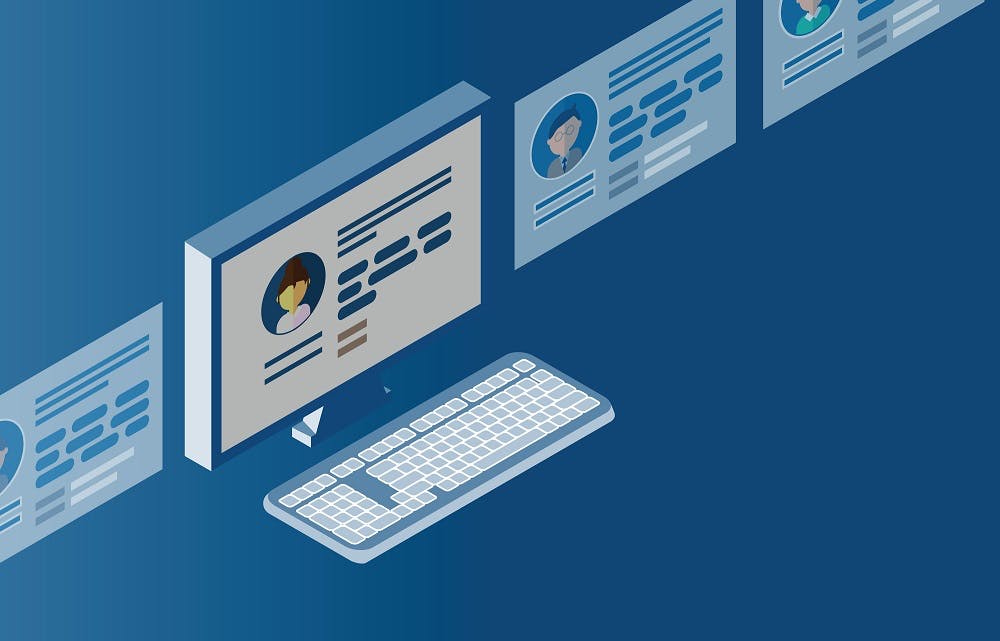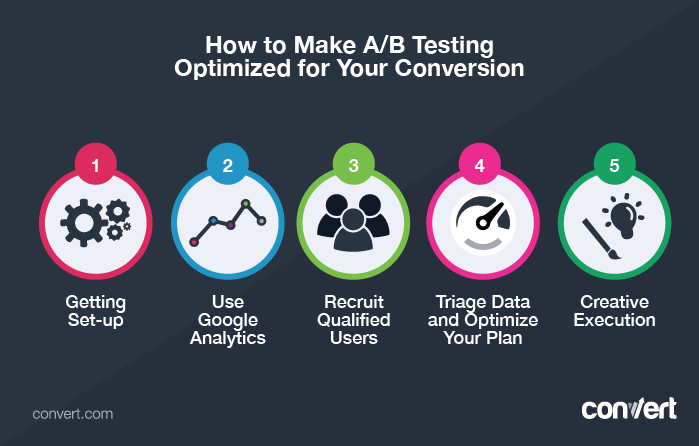
The coronavirus pandemic has formed new consumer habits around buying fast-moving consumer goods (FMCG, also known as consumer-packaged goods or CPG).
All of these present significant opportunities for FMCG brands to gather and tap into first- and second-party data, the better to understand and reach their customer base. In this two-part series, we’ll explore what the opportunities are for FMCG brands in both first- and second-party data, with examples of how brands are tapping into those opportunities.
While the astronomical spike in online purchasing that was seen in the early days of the Covid-19 lockdowns (and again in late 2020 and early 2021) proved to not be permanent, many more consumers are now buying goods online than did prior to the pandemic. According to research by Adobe published in March 2022, in the United States, groceries have now become a “major ecommerce category”, accounting for an 8.9% share of US ecommerce, up from 6.3% in 2019. In the UK, figures from Kantar revealed that the proportion of over 65s buying online has doubled in three years, from 9% in 2019 to 18% in 2022.
Trends that have emerged from this shift include new channels for brands to sell direct to consumer; the rise of q-commerce and rapid delivery; and the growth of retail media networks as retailers tap into their owned stores of data to appeal to consumers in new ways.


![How to Reevaluate Profitability When FBA Fees Go Up [Featuring Tinuiti’s Profitability Analysis Tool]](https://research-institute.org/wp-content/uploads/2021/04/what-to-know-before-you-sell-your-small-business-768x432.png)


